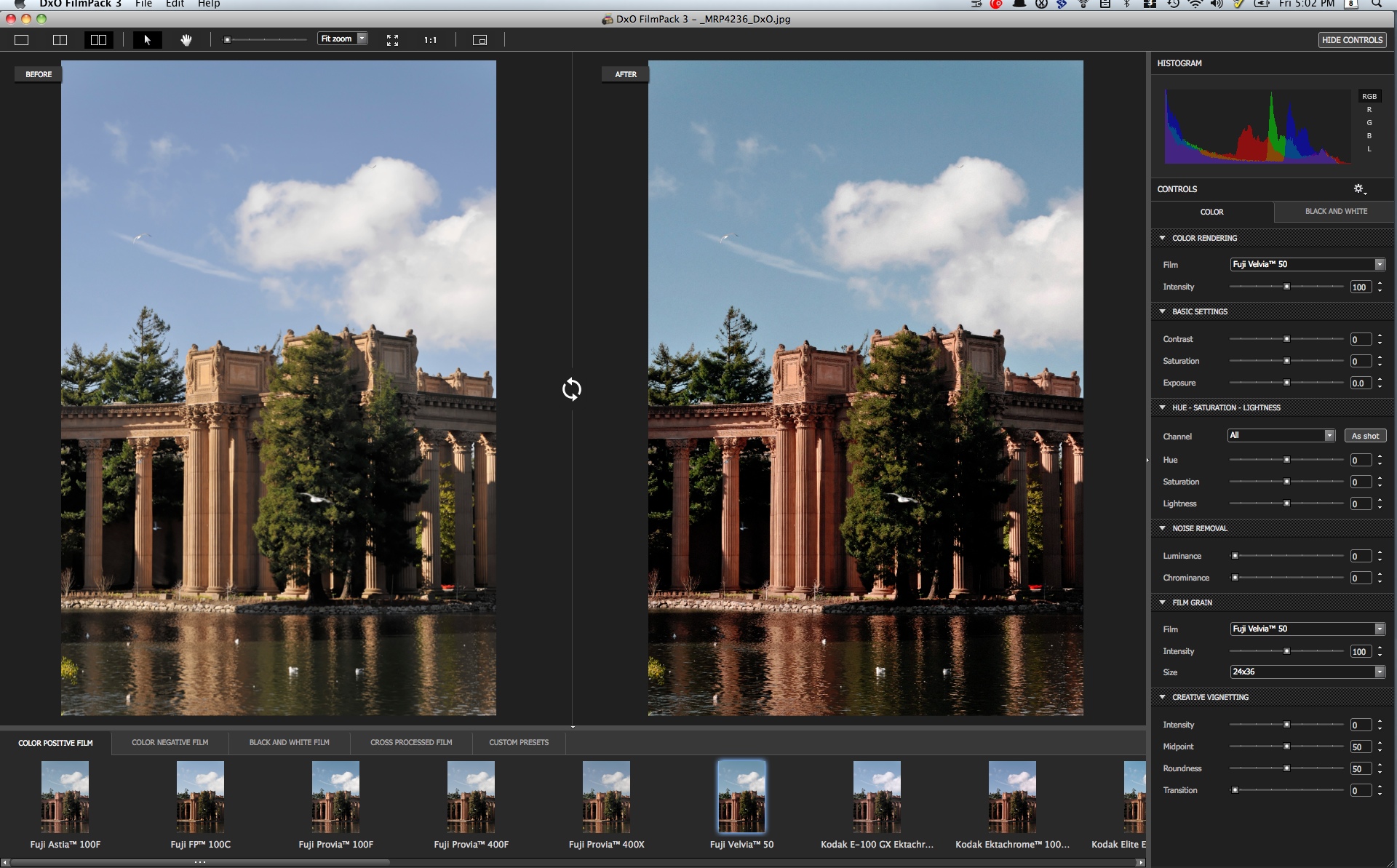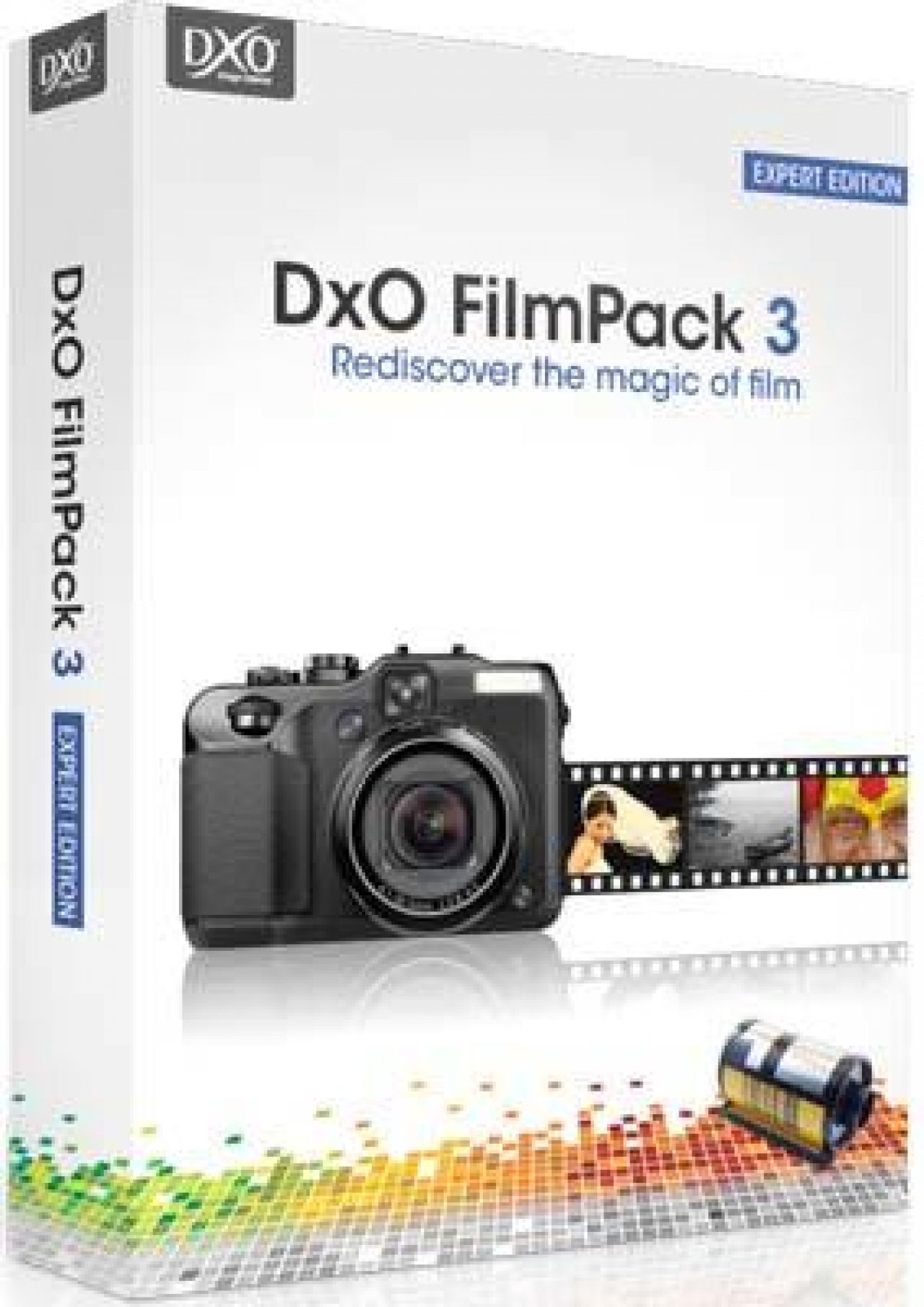

The topic of why Fujifilm files require special processing has been discussed to death, and if you don’t personally think that they do, then this article isn’t for you. Not everyone considers this an important issue, and so, if you are okay with Lightroom's processing for your images, great. It can also lead to a "worm" like pattern in areas of flat colour if you push the file. I'm not going to get into a big technical discussion on this because I've done that before many times, so here's the short version: If you're shooting with a Fuji camera that has an X-Trans sensor, then the results in Lightroom can lead to mushy details and artefacts around edges. The chances are that if you're reading this, you already know the answer. Why do Fuji files need special processing?

All I can do is share my opinion based on my experience and skills in analysing images. If you do things differently, that's fine. I understand, having done several variations of this article at this point, that regardless of what I write someone somewhere will take issue with this and disagree. It must be a useable solution for working with lots of images in a project, and it must support Fuji film simulation modes at a minimum. I also have a minimum set of requirements. This is the standard for which I would aim. It should not look too "digital" but instead should have the quality to pass an editor in a magazine or submission to a stock agency. While I believe that much of this is subjective, there are also technical standards, which, I think, are not, and while different people might have different standards, for me, the image should look clean, and un-processed. It also depends heavily on the type of image, how you prefer to process, and so on. I'm basing this on processing thousands of Fuji files in many different applications. Bun in this context, I'm talking purely about technical image quality.

There are, of course, more things that can enter into the equation, such as workflow, ease of use, and cost. In this context, though, I'm talking about what gives you the most natural-looking, and the most artefact-free results when working with Fuji raw files. The term "best" is often quite misleading because as I said, it's often subjective. Secondly, unlike the previous version of this post, I’m not going to say definitively if I think one is better than the others because I think they all have pros and cons, but I’m going to present them as options with notes as to why they might be better than others and what other things you should know. If you prefer a different option, that’s totally up to you.

But, in this post, I’m only going to talk about the solutions that I would personally recommend. So, in the past, I've tried to present many different options, and let people decide for themselves. What I might find the "best" isn't necessarily what someone else might find the best for them. So, what are the best options for Fujifilm raw processing in 2022? (In my opinion) However, over the past two years since the last time I updated this, there have been a few changes to the landscape, and so it’s time to write an updated version. I’ve covered it extensively in the past, including a previous version of this article. The topic of how best to process Fuji raw files has been a long-running topic on this website.


 0 kommentar(er)
0 kommentar(er)
